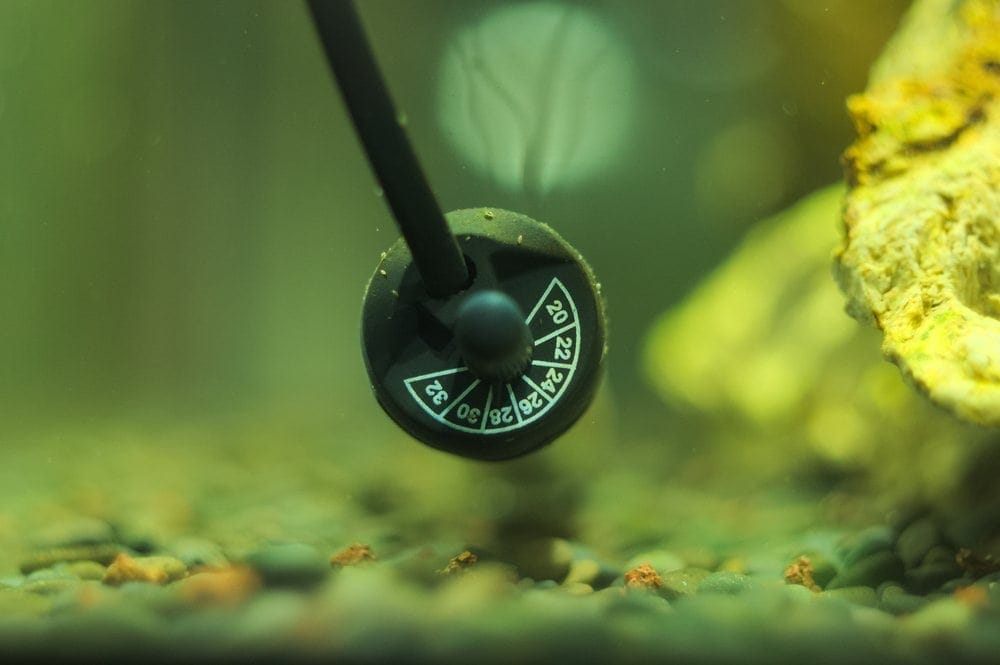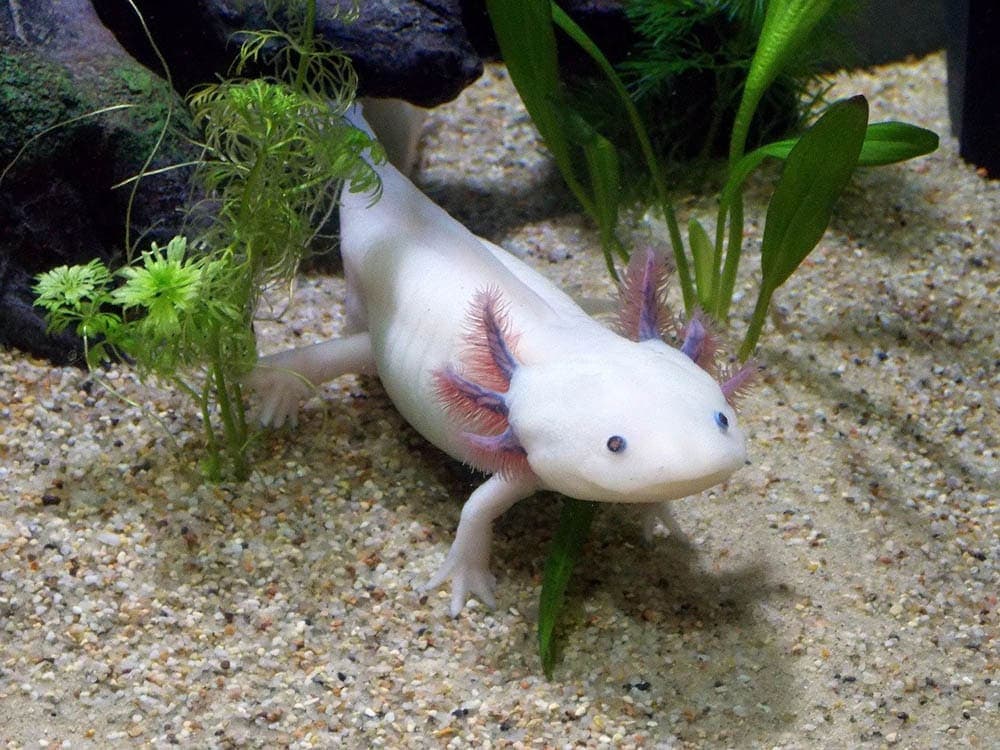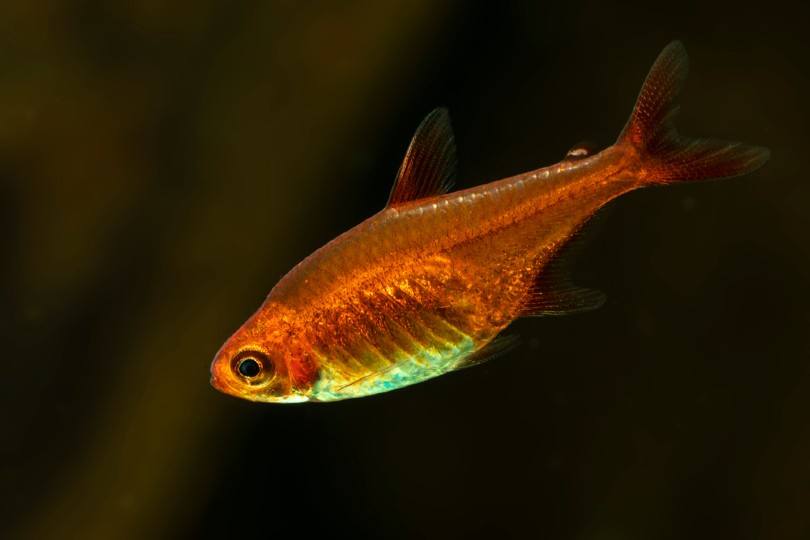Why is My Ghost Shrimp Turning White? Common Causes & Treatments
Updated on
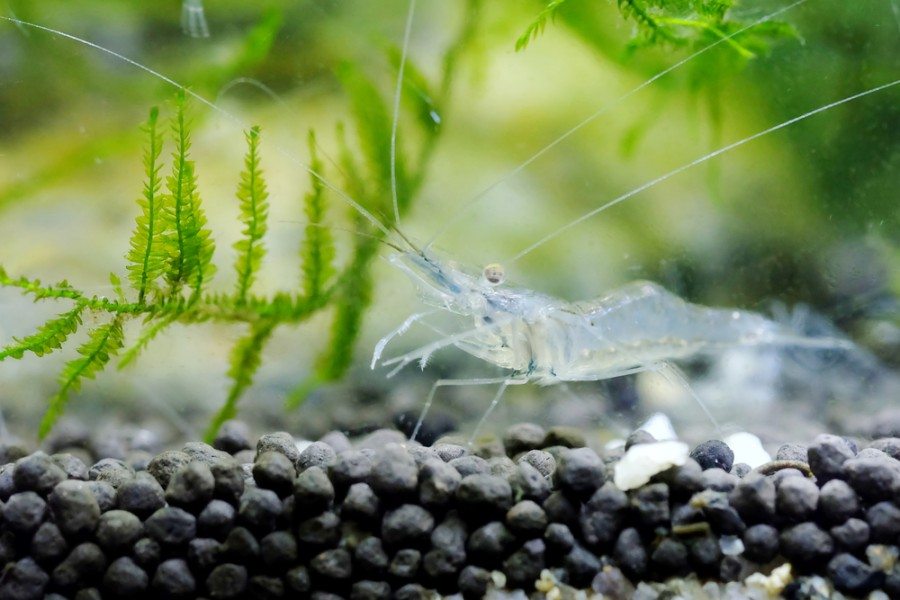
Ghost shrimp are easy to care for shrimp that make great additions to community tanks. They are hardier than other low-grade neocardina shrimp and have a lifespan of a year. They act as feeders for larger fish or a valued tank mate that will help keep the tank clean.
They have a clear, brown coloration with darker patches on their body. They are not the most attractive species of shrimp, but they stand out in aquariums that have a white or black substrate. It is a common issue for ghost shrimp to turn white for several reasons, but it is not a sign of disease.
This article will provide you with all the answers you need regarding your ghost shrimp turning white or even just developing white patches.
Why Do Ghost Shrimp Turn White?
The most common reason that ghost shrimp turn white is due to old age. The shrimp do not live long and sometimes barely reach a year of age. They can start to show signs of aging at 6 months of age when they have already reached the halfway mark of their lifespan. However, this will usually appear as white patches and they may become more transparent.
After 8 months, a ghost shrimp will begin to turn completely white and transparent. This can also give them a light blue hue and they may become difficult to see in an aquarium. If you notice that your ghost shrimp has turned white and become inactive, it means they are living out the last few days of their life.
Your ghost shrimp may become white if they are molting. This means they are shedding their exoskeleton to grow a new, larger one. This is most common during their growth stage and their body may become partially white and appear as if it is flaky.
Preventing White Spots on Ghost Shrimp
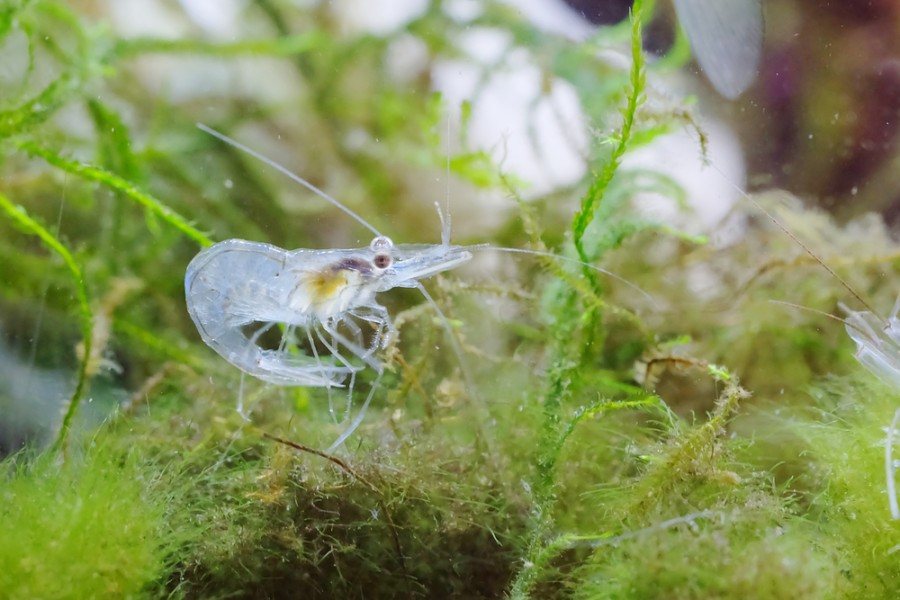
You cannot necessarily prevent your ghost shrimp from turning white from age, but you can help them stay their usual color during molting. Provide them with a boiled cuttle fishbone from the bird section in a pet store for extra calcium that they are not receiving from their main diet. You can also add crushed eggshells or shrimp calcium powder into the water column. The extra calcium will have them have full molt and it will prevent pieces of the shed to stick onto the shrimp.
Some shrimp keepers will also recommend scraping cuttlebone powder onto the surface of the water so that they extract the calcium from the surface like they do with biofilm.
Ghost Shrimp Shedding
Do not confuse a shed with one of your ghost shrimps. The pieces of the shed can look like a full ghost shrimp that has passed away. In some cases, the shed may stand upright and appear to be a ghost shrimp. However, if it does not have eyes or internal parts, then it is most likely just a full shed and not a white ghost shrimp.
Ghost shrimps can be shed twice a week during their major growing stages, and they will slow down as they get older. Adult ghost shrimp will retain their transparent brown coloration.
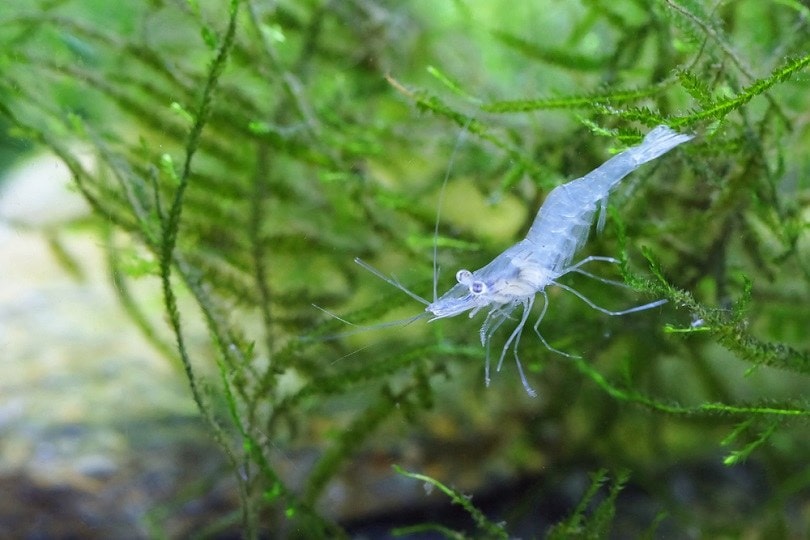
Final Thoughts
It is not unusual for ghost shrimp to change colors. Most species of shrimp will become lighter or darker as they grow. Diet also plays a major role in their coloration. Female ghost shrimp will have a dark brown patch on their back called a saddle. This is where the unfertilized will sit in the female, and it helps you to identify the gender of your shrimp. Berried females (egg-carrying shrimp) will have small yellow and green eggs in their abdomen that can easily be seen through their transparent bodies.
See also:
- Do African Dwarf Frogs Eat Ghost Shrimp? Vet-Approved Compatibility Guide
- Amano Shrimp: Care Guide, Breeding, Lifespan, Pictures & More
Featured Image Credit: Nicholas Toh, Shutterstock


